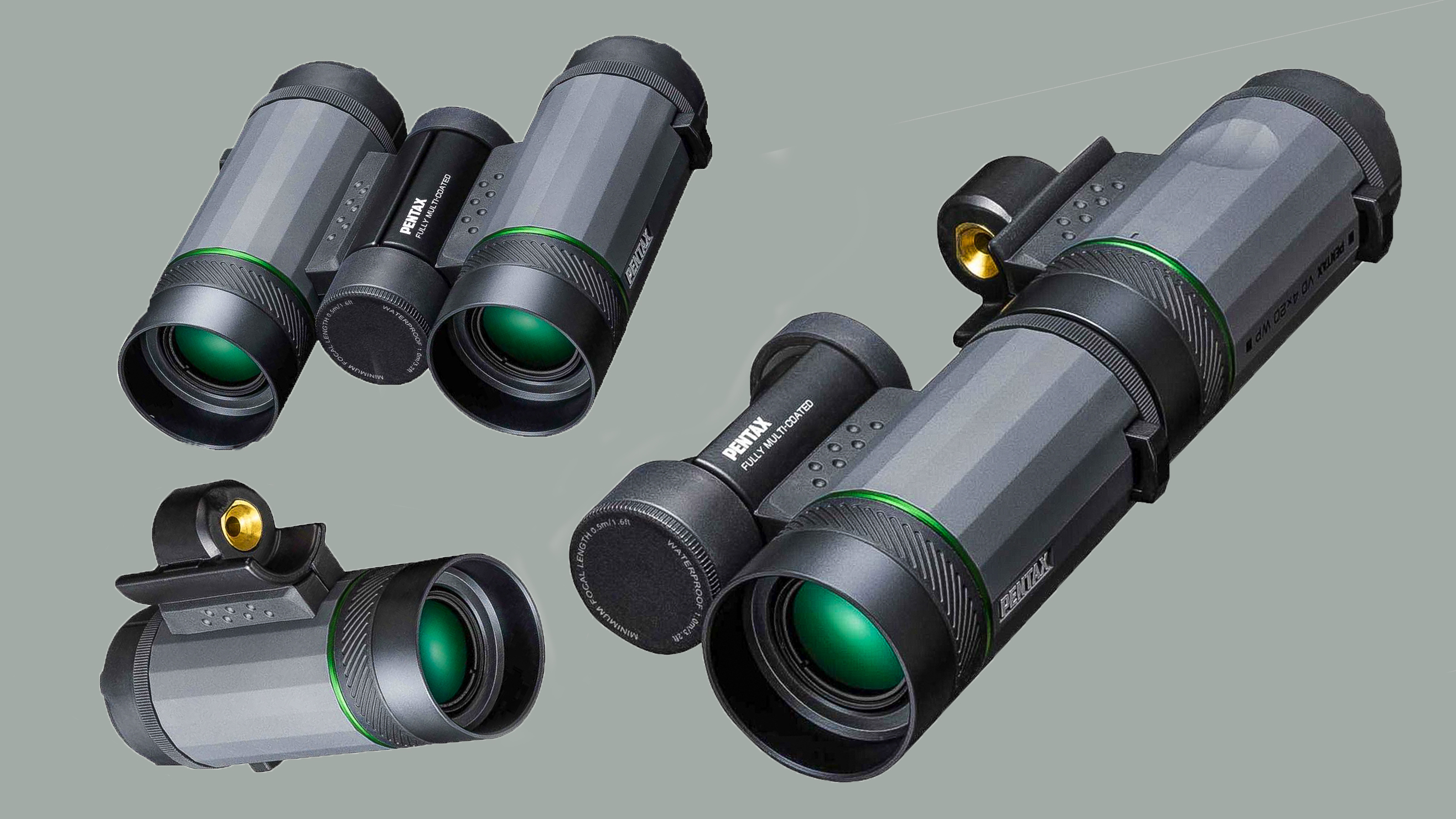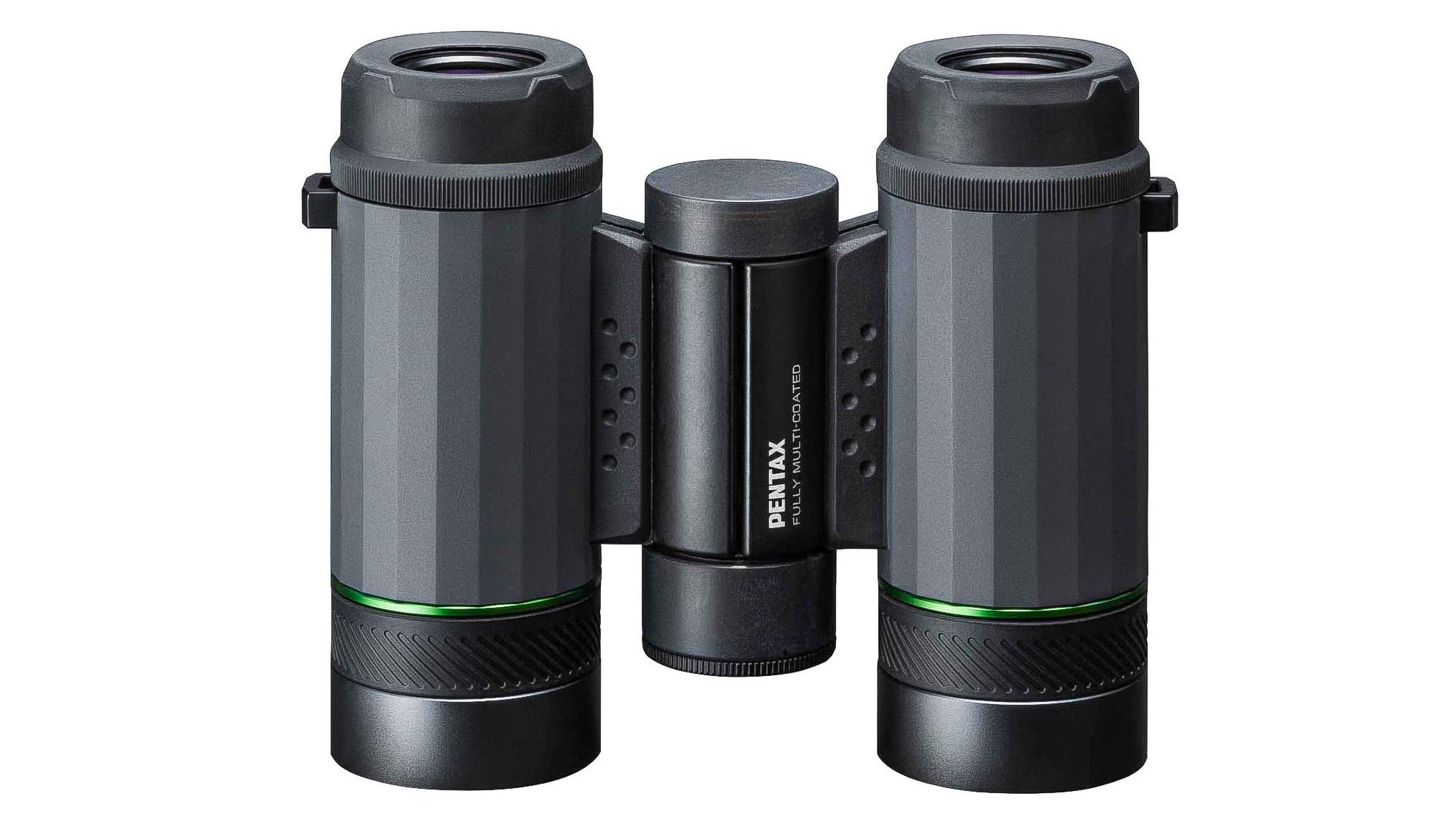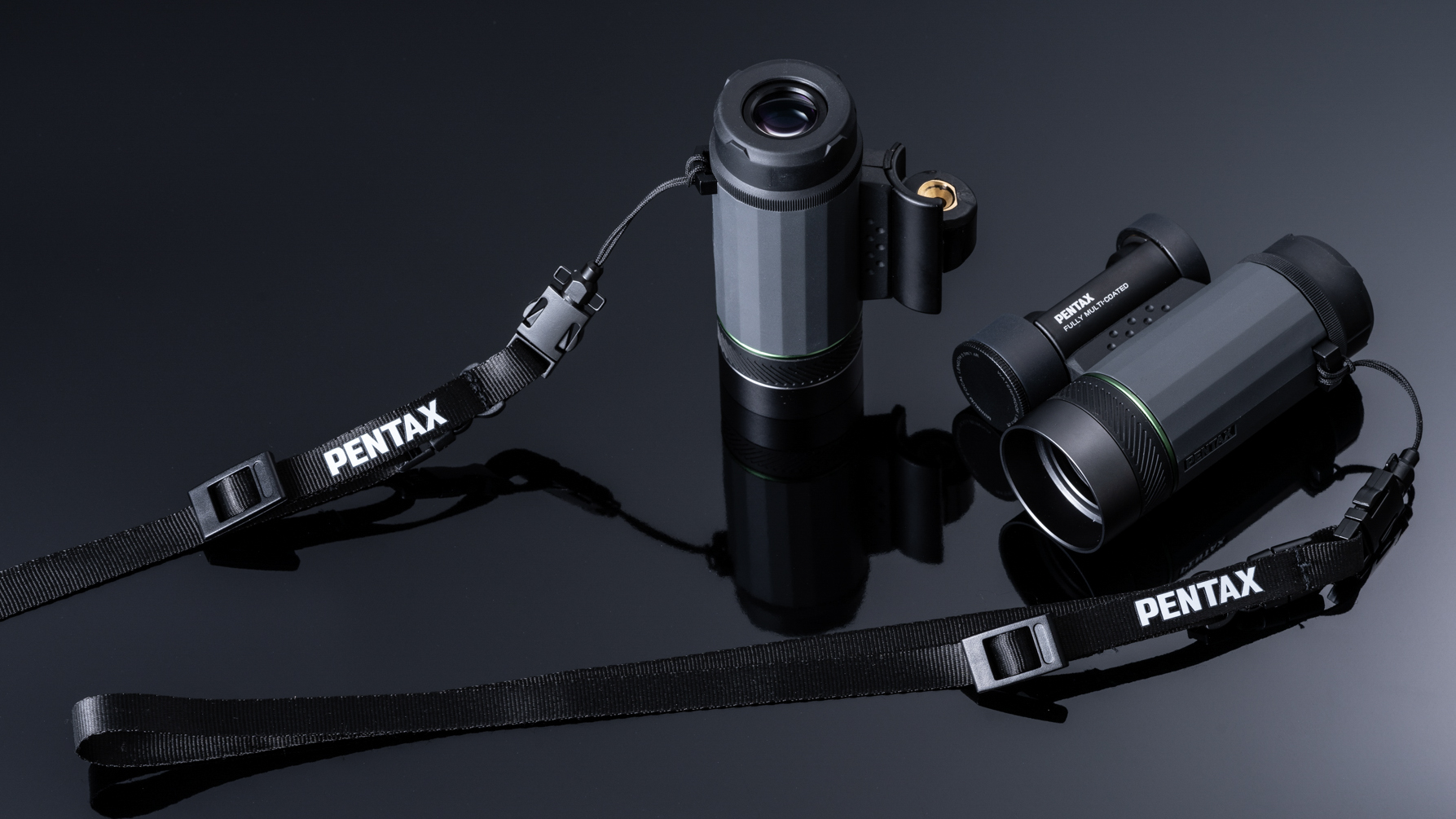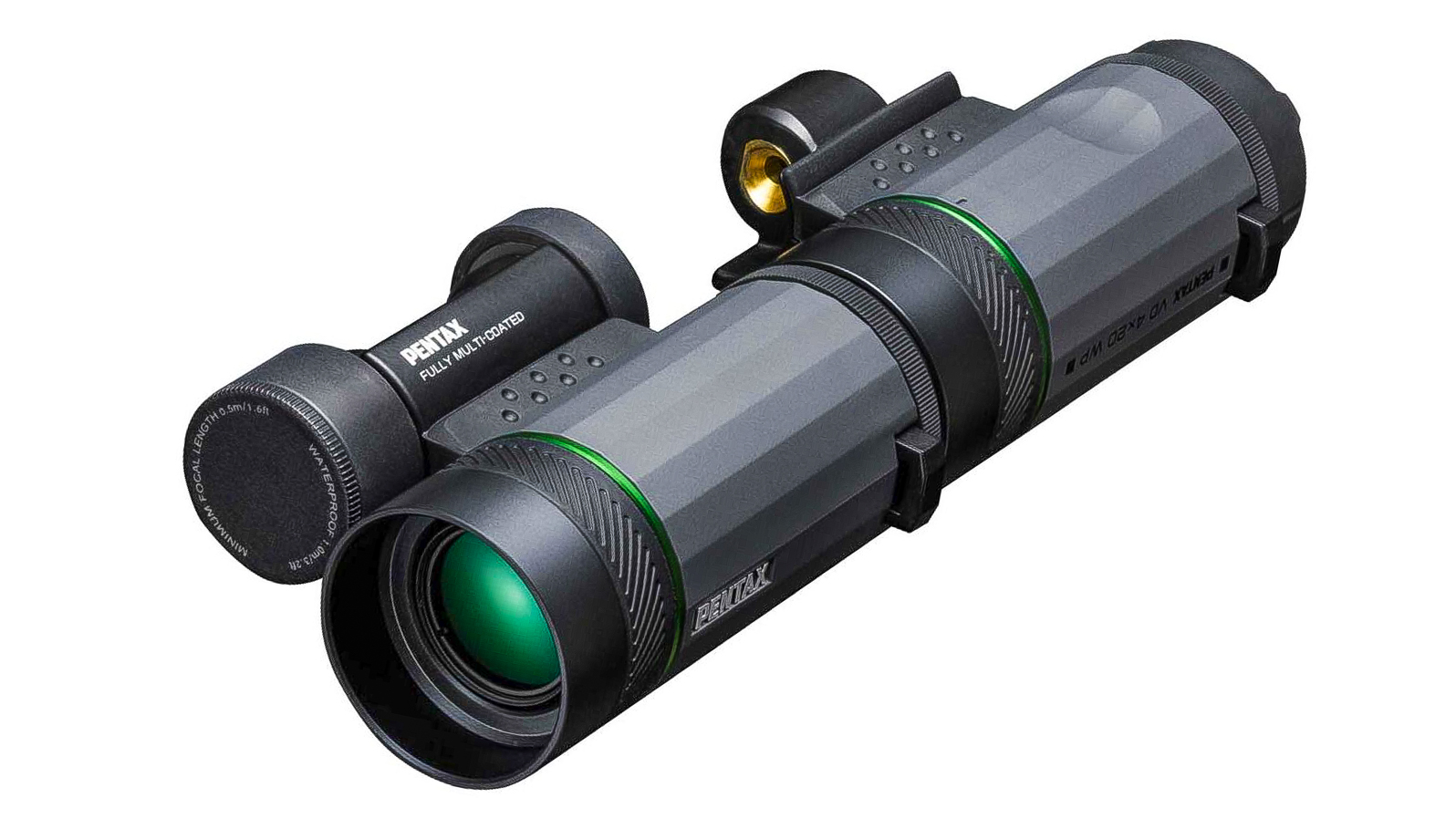Pentax invents binoculars that transform into a stargazing telescope in a snap!
Pentax VD 4x20 WP has ingenious three-in-one design giving you binoculars, a telescope or a pair of monoculars!

Pentax has revealed a revolutionary optical design – a pair of binoculars that you can take apart to create a telescope. And is if that weren't enough of a party trick, by splitting the binoculars in two - you can also opt to use them as a pair of monoculars (ideal for when you observe a bird, plane or planet that you want your companion to also see).
Pentax VD 4x20 WP is what Ricoh are claiming as the world's first "three-in-one" binocular product. Choosing the best binoculars has always been a difficult task of balancing the needs of magnification and portability. But with this innovative design you get the extra magnification when you need it with the 16x telescope – and can make the device more portable by simply just taking one 4x monocular with you.

The binoculars offer 4x magnification with a 20mm objective lens diameter - offering a relatively bright exit pupil brightness for use in most conditions. They offer a field of view of 175m at 1000m (525ft at 1000 yards). The minimum focus is 1.5m (4.9ft). The monoculars each offer the same optical characteristics, but without the stereo vision and an improved minimum focus of 0.5m (19.6in).
Used as a telescope, the field of view becomes 45m at 1000m (135ft at 1000 yards). The combined unit weighs in at 345g (12.9oz) and has a waterproof, washable construction with a rubberized grip. The neckstrap converts to two independent wriststraps when using the binoculars as monoculars.



The Pentax VD 4x20 WP three-in-one binoculars will go on sale from 4 September with a recommended retail price of $249 / £299.99.

Read more:
Get the Digital Camera World Newsletter
The best camera deals, reviews, product advice, and unmissable photography news, direct to your inbox!
• The best telescopes for astrophotography
• The best microscopes in 2020
• The best monoculars in 2020
Chris George has worked on Digital Camera World since its launch in 2017. He has been writing about photography, mobile phones, video making and technology for over 30 years – and has edited numerous magazines including PhotoPlus, N-Photo, Digital Camera, Video Camera, and Professional Photography.
His first serious camera was the iconic Olympus OM10, with which he won the title of Young Photographer of the Year - long before the advent of autofocus and memory cards. Today he uses a Nikon D800, a Fujifilm X-T1, a Sony A7, and his iPhone 15 Pro Max.
He has written about technology for countless publications and websites including The Sunday Times Magazine, The Daily Telegraph, Dorling Kindersley, What Cellphone, T3 and Techradar.

